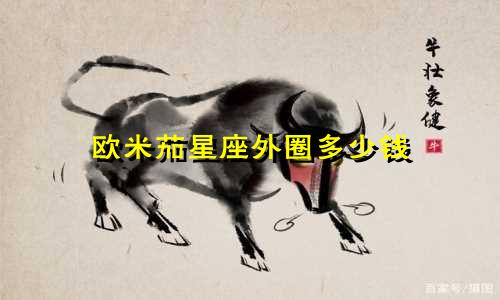宇宙东方有多少星座呢英文
The number of constellations in the Eastern sky is a topic that has fascinated astronomers and cultural historians alike. The concept of constellations, or star patterns, has been integral to various cultures for centuries, serving as tools for navigation, timekeeping, and even storytelling.

1. Chinese Constellations
- The Twenty-Eight Xiu (Lunar Mansions): One of the most well-known systems in Chinese astronomy is the Twenty-Eight Xiu, also known as the Lunar Mansions. These constellations are used in traditional Chinese astronomy and calendar systems. Each of these mansions corresponds to a specific segment of the ecliptic, the moon's path against the background of fixed stars. They play a crucial role in calendrical calculations and astrological predictions.
- Cultural Significance: Each of the Twenty-Eight Xiu is associated with specific myths, legends, and symbolic meanings. For example, the Vermilion Bird (Zhuque) represents the South, while the Black Tortoise (Xuanwu) symbolizes the North. These constellations are deeply embedded in Chinese culture and folklore, influencing everything from literature to festivals.
2. Indian Constellations
- Navagraha and Navasamsa: In Indian astronomy, the concept of constellations is closely tied to the Navagrahas (nine planets) and Navasamsa (nine divisions of the zodiac). Each of these divisions is associated with different deities and celestial bodies, reflecting the rich tapestry of Hindu mythology and cosmology.
- Cultural Interpretations: The influence of religion and mythology on Indian constellations is profound. For instance, the constellation of Krittika is linked to the deity Agni, the god of fire, and is considered auspicious for new beginnings. Similarly, the constellation of Magha is associated with the god Indra, the king of gods and lord of rain.
3. Japanese Constellations
- Sanrinsei (Three Talents): Japanese astronomy includes unique constellations such as Sanrinsei, which consists of three stars representing wisdom, wealth, and longevity. These stars are part of larger constellations but hold special significance in Japanese culture.
- Mythological Ties: Many Japanese constellations are tied to Shinto mythology and folklore. For example, the constellation Orion is associated with the legendary hunter Hikohiko, who appears in various Japanese myths and legends.
4. Korean Constellations
- Ssangryong (Double Dragon): Korean astronomy features constellations like Ssangryong, which represents two dragons entwined around the pole. This constellation is significant in Korean mythology and is often associated with imperial power and protection.
- Cultural Narratives: Constellations in Korea are often linked to historical events and cultural narratives. For instance, the constellation Chilson (Seven Stars) is associated with the story of Chilson, the Great, a legendary figure in Korean history.
In conclusion, the study of constellations in the Eastern sky reveals a rich tapestry of cultural significance, mythological depth, and astronomical precision. From the Twenty-Eight Xiu of China to the Navagrahas of India, each system offers unique insights into how different civilizations have interpreted and utilized the night sky. These constellations are more than just star patterns; they are cultural artifacts that tell stories, mark time, and connect us to our ancestors and the universe.
上一篇:溧阳星座护肤店电话多少
下一篇:无锡星座酒吧电话号码多少






